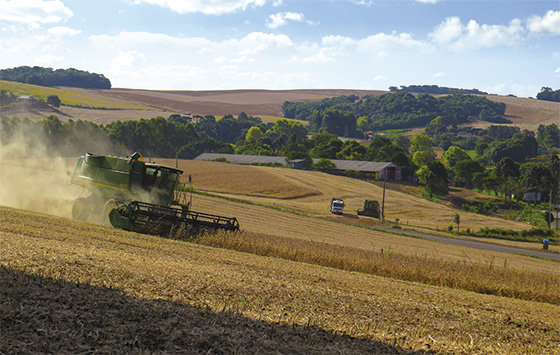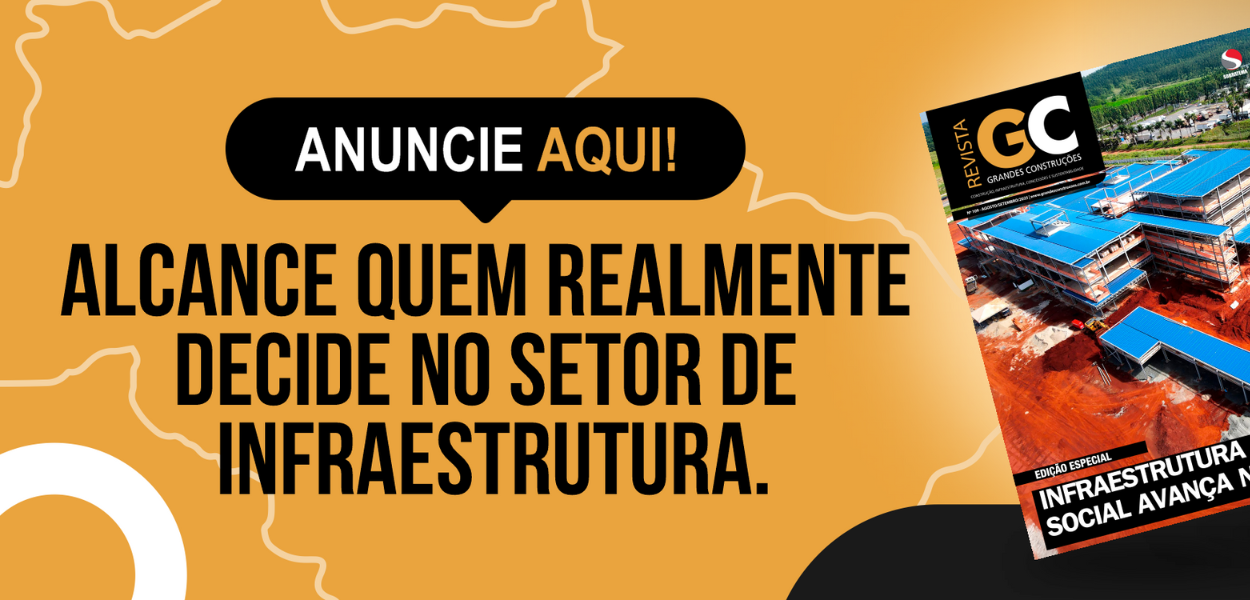Balance of forces

In 2013, the GDP of the State of Paraná overcame that of Rio Grande do Sul and went to the regional leadership with a projection of industrial and infrastructure investments
As part of a process of large economic transformations along the country, the Southern Region is emerging as a growing business frontier and a new pole of economic development, mainly driven by the performance of agriculture and cattle rising. In the middle of a process of huge economic transformations that is occurring in the country, the Southern Region is emerging as a growing frontier of business and a new pole of development for agriculture and cattle rising businesses. In medium term, the continuity perspectives of this process of growth may result in a new distribution of Brazilian economic forces.
Data issued by the Instituto Brasileiro de Geografia e Estatística (IBGE – Brazilian Institute of Geography and Statistics) and by the Instituto Paranaense de Desenvolvimento Econômico e Social (Ipardes – Institute of Economic and Social Development of Paraná), show that the GDP of the State of Paraná had an increase of 5.6 percent in 2013, above of the national average (3 percent). Thus, its participation in the national generation of wealth increased from 5.9 percent in 2012 to 6.3 percent in 2013, placing the state in front of its main rival, Rio Grande do Sul, which always was the leader of the Region.
The State of Paraná was the fifth economy of the country since the forties. The change in position occurred in 2013 resulted from a combination of positive factors that were well used by the state. One of them was the outstanding agricultural crop—reflected in the performance of agriculture and cattle rising businesses—together with a rising in power generation due to abundant rainfall that levered again the Itaipu Plant in the Interconnected National System. The part of Rio Grande do Sul also increased but in a slower pace, passing from 6 percent in 2012 to 6.2 percent in 2013.
According to the IBGE, Rio Grande do Sul was the state with best performance in the country in 2013, with a growth of 8.2 percent compared to 2012, much above the national increase in GDP (3 percent in that year) and the increase of Paraná (5.6 percent). In the same way, in the period between 2010 and 2013, Rio Grande do Sul increased 10.6 percent, above those of Paraná (10.2 percent) and of the entire country (9.1 percent).
However, there was a fundamental factor to make the state stay below Paraná: although Rio Grande do Sul had a higher increase in produced volume, Paraná had a higher increase in value. In terms of value, the GDP of Paraná was of R$ 332.8 billion in 2013, above the R$ 331.1 billion of Rio Grande do Sul. The GDP of Rio Grande do Sul, three years before, was of R$ 241.3 billion, above the R$ 225.1 billion of Paraná.
In 2013, Paraná got the first place in the share of agricultural production with 12.5 percent of the country total (an increase of 1.4 percentage point since 2010). The state was also in the fourth place in the industrial production ranking with a share of 6.6 percent (increase of 0.6 p.p.) and in the fifth place in the area of services, with a share of 5.7 percent (increase of 0.3 p.p.).
Till this edition was closed, IBGE and Ipardes had not concluded their analyses related to 2014. But estimations carried out by analysts allow us to estimate that Paraná will maintain its place. That is what says the president of Ipardes, Julio Suzuki Junior, for whom the state has good chances of staying in the same place. “I believe that Paraná will have a quicker recovering condition when the Brazilian economy comes back to the normal way. Our work market decreased less than the Brazilian market, and Paraná exports proportionally more than the country. This is good for the state in this new context of exchange”, says the economist, referring to the rising of dollar value in the last months, theoretically favorable to the exporters.
Generally, 2013 was a year of recovering for the Southern Region, with high increase of agriculture and cattle rising, mainly in Rio Grande do Sul. Agriculture has grown 70 percent in the state, mainly in the production of grains.

Av. Francisco Matarazzo, 404 Cj. 701/703 Água Branca - CEP 05001-000 São Paulo/SP
Telefone (11) 3662-4159
© Sobratema. A reprodução do conteúdo total ou parcial é autorizada, desde que citada a fonte. Política de privacidade










